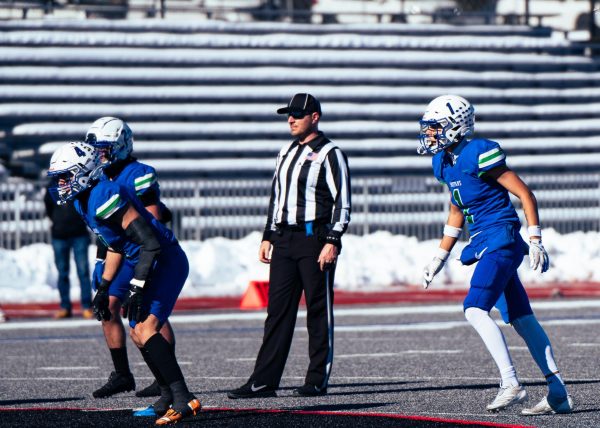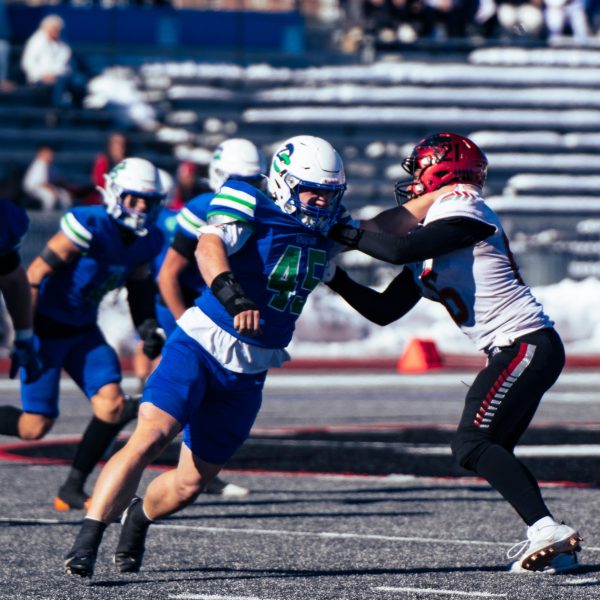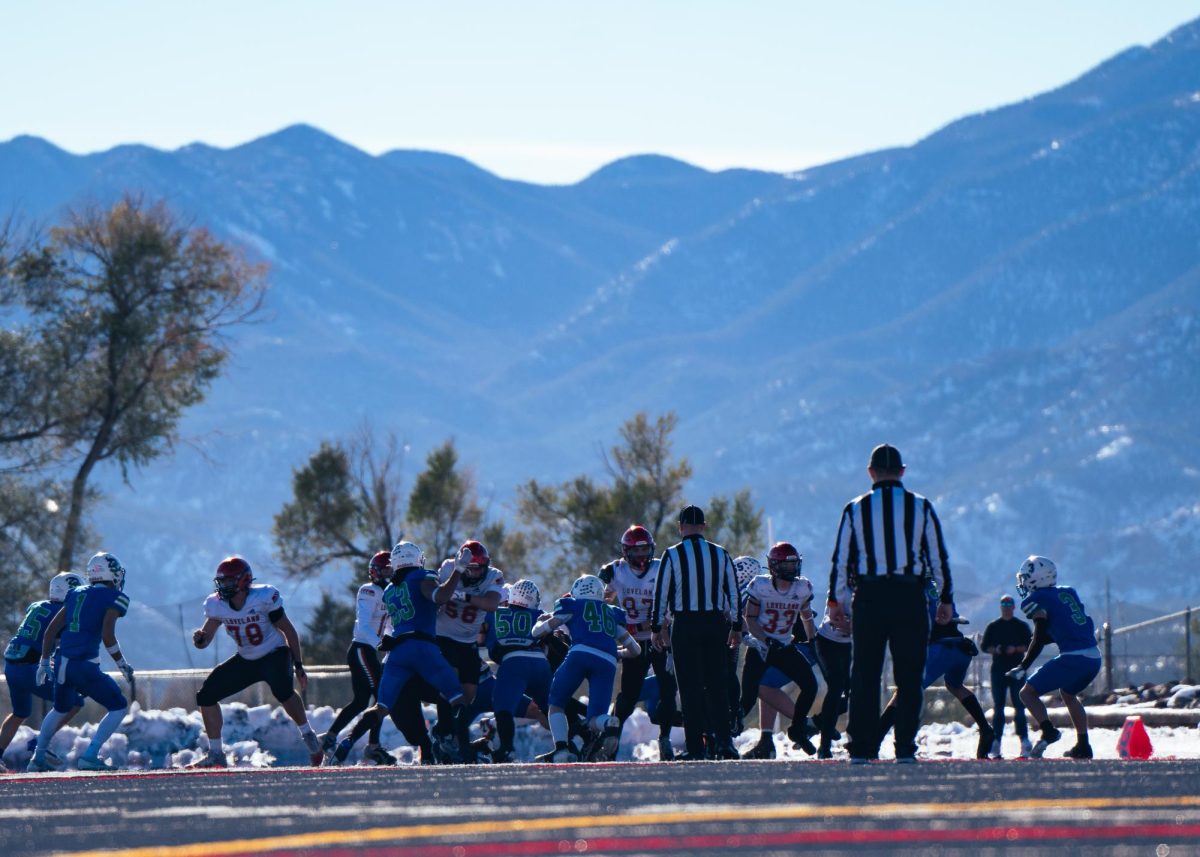As the high school football season has come to an end, many players get to recover and finally heal from the injuries they endured during games. In a sport like football, especially high school-level football, injuries are quite common and happen to the majority of people on every team. Players typically get used to being tackled, hit, jumped on, etc. mentally during their games, but their body still takes the damages dealt nonetheless.
High school football injuries are generally categorized into traumatic injuries, overuse injuries, and concussions. Each type of injury poses unique challenges for players and the medical professionals tending to their wounds.
While both of the Spartans starting middle linebackers were dealing with these injuries. Number 45 Keanu Hendrickson was dealing with concussions from his last season of football. He was also dealing with a hand injury this year. Keanu said, “I’m not sure how I did it or how it happened but I just made a tackle and it was painful to use my hand”.
While Keanu had to deal with hand and head injuries the other linebacker Levi Colvin had his injuries to deal with. Number 4 Levi Colvin had to deal with elbow and knee injuries. Levi said, “It’s a lot to play through and deal with but I love the sport and try to not let the injuries or pain take me out of the game and just try to play through them”.
The Spartans had a lot of players go down with injuries and some of them had ended the player’s season before it had even started whether the player had torn their ACLs or needed surgery on something. Injuries can end your season before it can start or end your season in the middle of the game.
1. Sprains and Strains
Sprains and strains are the most common injuries in high school football, accounting for almost 40% of all reported injuries. A sprain involves the stretching or tearing of ligaments, while a strain affects muscles or tendons. These injuries usually occur in the lower extremities, such as the ankles, knees, and hamstrings.
Common cause of Injury: Sudden changes in direction, collision, and overextension during playtime.
Recovery and Treatment: Mild cases may require rest, ice, compression, and elevation (RICE), but severe tears could require surgery and call for months of rehabilitation.

2. Knee Injuries
The knee is one of the most vulnerable joints in football due to its role in mobility, speed, and weight-bearing. The anterior cruciate ligament (ACL) and medial collateral ligament (MCL) are susceptible to injury.
Common cause of Injury: The most common causes include rapid pivoting, improper tackling techniques, and high-impact collisions.
Recovery and Treatment: ACL injuries often need reconstructive surgery and a lengthy recovery process, possibly ending a player’s season or career.
3. Shoulder Injuries
Players are also very prone to shoulder injuries, which include dislocations, separations, and tears of the rotator cuff.
Common cause of Injury: These injuries often occur during tackles or falls where the player’s shoulder takes on a significant amount of force.
Recovery and Treatment: Severe shoulder injuries can impair arm mobility and strength, limiting a player’s range of motion and often landing them in an arm brace or sling until it heals.
4. Concussions and Traumatic Brain Injuries (also commonly referred to as TBIs)
The Centers for Disease Control and Prevention estimate that high school football accounts for over 50% of all reported sports-related concussions.
A common cause of Injury: Helmet-to-helmet contact between players and head-to-ground contact during tackles.
Recovery and Treatment: Treating a concussion usually consists of sleeping/resting a lot to help repair the brain, and staying away from harsh lights, sounds, or stimuli. Common symptoms include headaches, dizziness, confusion, memory loss, and sensitivity to light or sound.
5. Fractures
Fractures, or broken bones, commonly occur in the arms, wrists, legs, and collarbones in players.
Common cause of Injury: High-impact tackles or falls are the primary causes.
Recovery and Treatment: Complicated breaks will need surgery and may be left with permanent physical restrictions, however, most fractions get better without surgery if properly treated and taken care of.

6. Overuse Injuries
Overuse injuries, such as stress fractures and tendonitis, will develop gradually over time due to repetitive motion or inadequate rest and recovery time.
A common cause of Injury: Not resting enough outside of practices and games, as well as how hard players push themselves during their play time can cause this type of injury. Common sites include the knees, shoulders, and lower back.
Recovery and Treatment: Physical therapy, rest, and repairing damaged muscle are some of the best ways to recover and treat an overuse injury.





